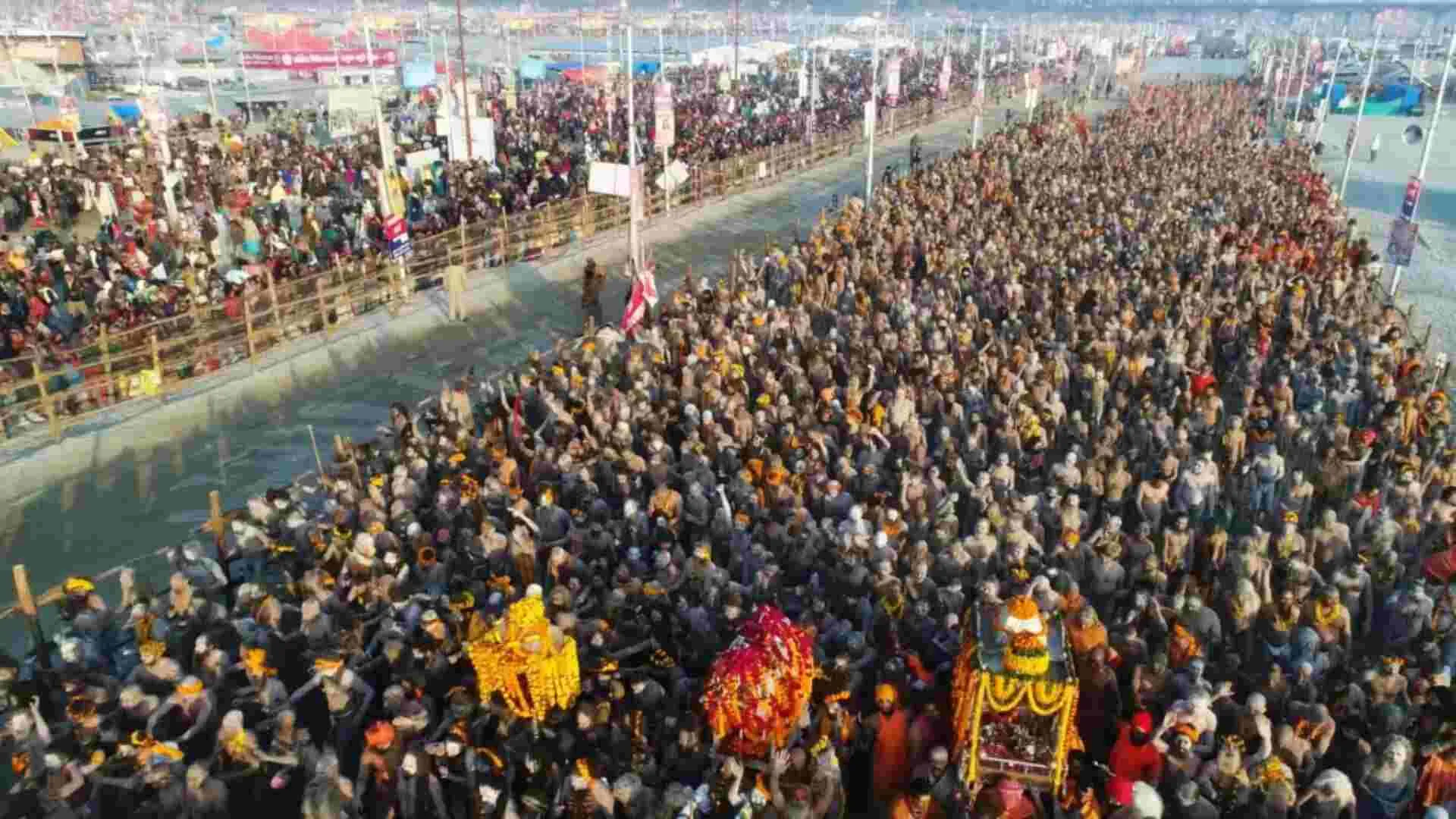It has never been more critical than at the present moment to address the challenges of the workplace that have arisen in a post-pandemic world. Whether it is the concerns of corporates or employees, everyone is having a tough time dealing with work situations of different kinds. So how exactly can the workforce be mobilised post-pandemic?
“We can do it by teaming up with industry veterans from IT, BPO, banking, and travel sectors, who share a vision with us to empower local economies. It was on the basis of this principle that our company, Mikro Grafeio, was born, “says Ranchu Nair, co-founder and Chief Revenue Officer of Mikro Grafeio Services Pvt. Ltd.
This platform focuses on Tier II and Tier III cities with the aim of developing the local economy and helping them thrive by generating employment opportunities locally. They do this by helping small and medium businesses, including start-ups, set up end-to-end operations in these locations. They identify the right location based on the client’s needs, set up workspace infrastructure, support workforce recruitment and training, and provide essential support to clients such as facility management, IT support, HR operations, etc.
“India has the third largest start-up ecosystem in the world.” To support this growth and ensure scalability for entrepreneurs, we aim to extend our presence to over 500 locations across India, including metros, Tier II, III, and IV cities, towns, and rural centres. In five years, we are targeting over 1000 satellite offices across India, ensuring the right to a productive and positive workspace supported by stellar IT at all locations. This will enable heralded direct employment for over 250,000 people, through our satellite office network spread across the farthest corners of the nation. We are also changing the dynamics of women employment by providing upskilling and women-only workspaces to promote empowerment and inclusion. “We believe that creating an ecosystem that synergises the local economy will lead to indirect employment of over 20 percent,” says Nair.
People can reach out to them through their website, WhatsApp, or social media platforms. Based on requirements, they offer multiple customised options where they can help businesses scale up and help locals find jobs in their locations. When asked about the diversity of the services they offer, Nair explains, “We offer integrated workspace solutions.” We identify, recruit, and train a local workforce and provide essential services in these satellite offices for day-to-day running. We also have a workspace discovery platform (BeRightHere.com) that offers a plug-and-play workspace to individuals or entrepreneurs who are looking for workspaces or meeting rooms for a short-term period.”
Nair points out that it’s particularly challenging to change the mindset of companies that refuse to harness the immense potential of Tier II and III cities to drive growth. However, they have been able to do so by highlighting the clear advantage of reduced operating costs in Tier II and III cities up to 40 percent and the higher retention of talent in those towns.
Hence, the team at Mikro Grafeio has been able to generate more than 600 direct employment opportunities in Tier II and Tier III cities in the nine months since their launch, in addition to the indirect employment generated through these measures. Now, they have some exciting plans in the works. Nair shares, “We are working on creating a unique solution for companies who want to offer hybrid work models to employees in their hometowns.” Our partner centres are spread across 300 locations, and this will enable companies to offer employees the opportunity to work from a secure location once or twice a week, which is not far from their home. “
They also plan to expand to over 25 cities and 50 satellite offices by the end of this year, and are working closely with KDEM (Karnataka Digital Economy Mission) to promote the ‘Beyond Bengaluru’ initiative, with centres lined up in Mysuru, Hubbali, and Mangalore clusters. Nair signs off with, “We are working on some unique solutions such as a boutique satellite office within a hotel in Trivandrum, and workspaces in cafés and micro-breweries in Bengaluru—a perfect pick for freelancers to collaborate on the move or on a workcation!” These measures certainly seem the right ones for India’s immense workforce to get back on the right track.
Noor Anand Chawla pens lifestyle articles for various publications and her blog, www.nooranandchawla.com.























